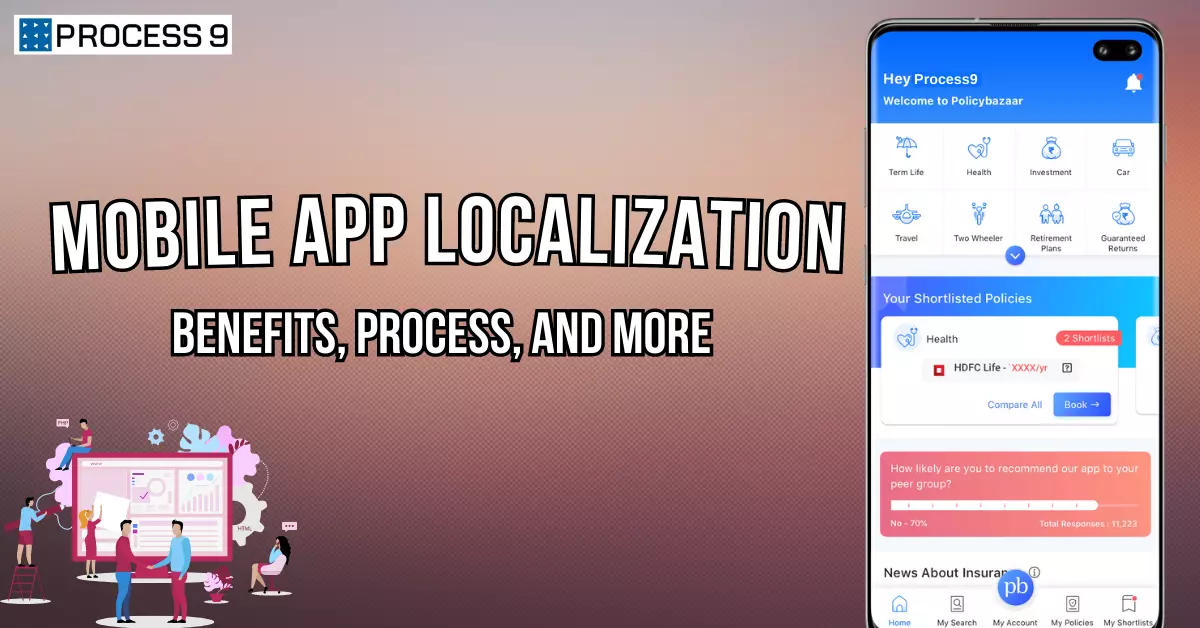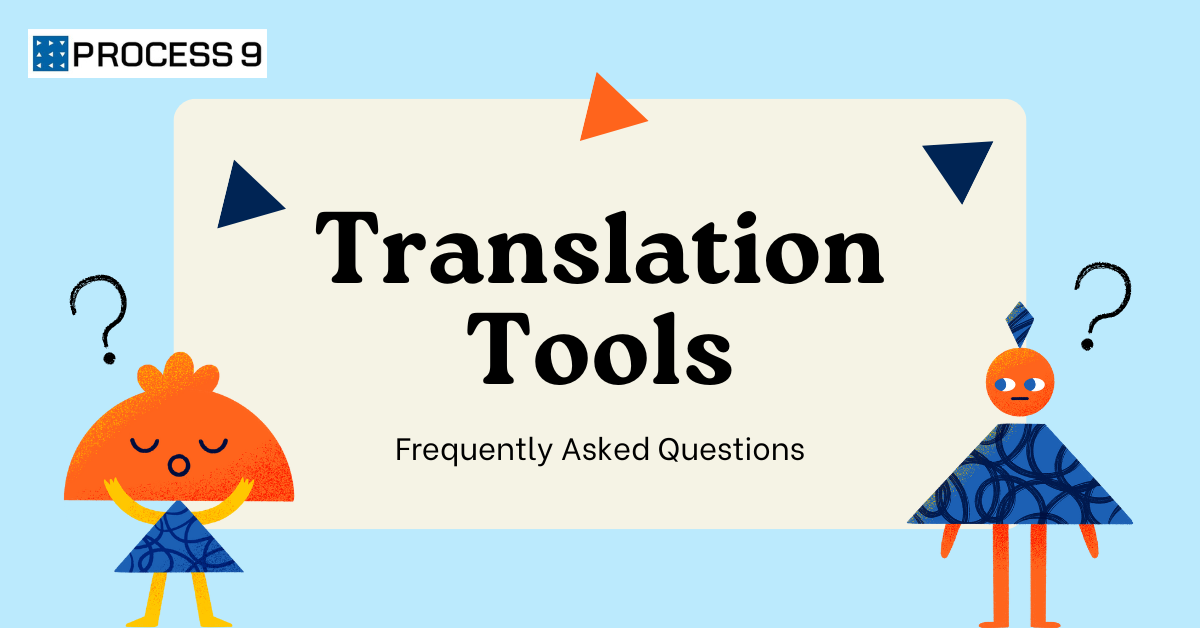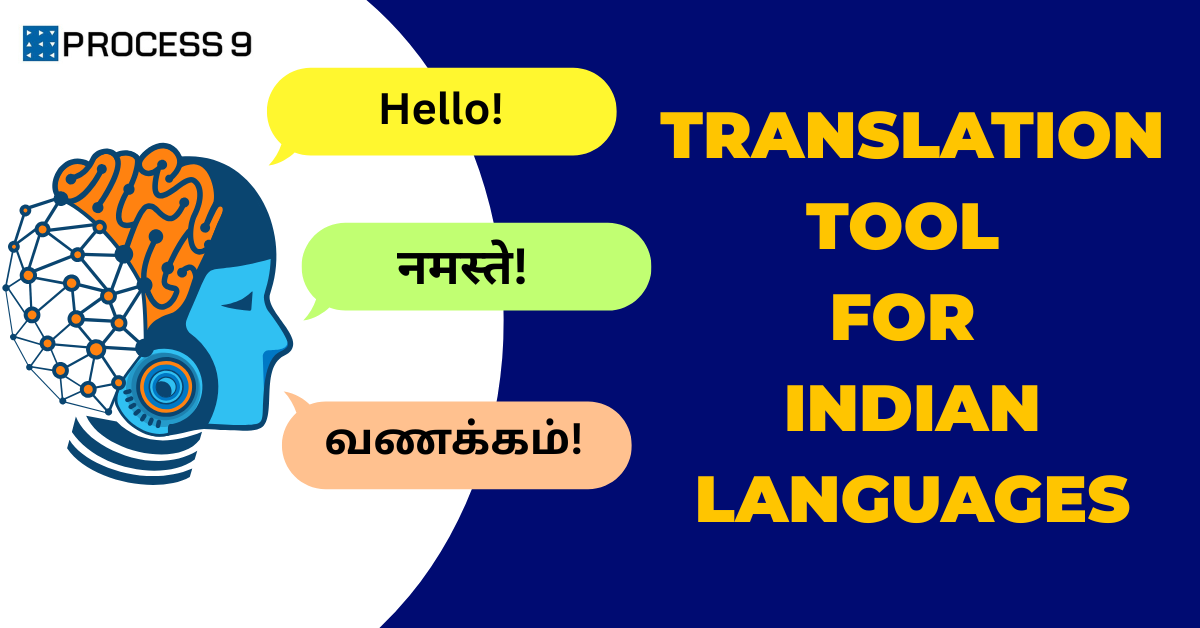In today’s globalized world, businesses increasingly rely on mobile applications to connect with customers and streamline their operations.
However, a one-size-fits-all approach to app development may only be effective in some markets, as cultural differences and language barriers can affect user engagement and adoption. That’s where app localization comes in.
By adapting your app to a specific region or country’s language, culture, and preferences, you can create a more personalized and engaging experience for your users, leading to higher customer satisfaction and increased revenue.
In this article, we’ll explore the benefits of localizing your mobile app and the process and implement a tool that does it effortlessly. So, without any further ado, let’s scroll down and find out:
What is Mobile App Localization?
Mobile app translation is not just about converting text from one language to another; it goes beyond that. It requires a thoughtful approach that takes into account cultural nuances, local preferences, and market-specific requirements.
To achieve an effective mobile app translation, it is vital to collaborate with experienced localization experts who possess not only linguistic proficiency but also a deep understanding of the target market. They can ensure accurate translations while considering idiomatic expressions, slang, and colloquialisms that resonate with local users.
Furthermore, conducting thorough market research is essential to identify specific user preferences, trends, and competitors in different regions. This knowledge helps in optimizing the app’s functionality, user experience, and overall appeal to meet the demands of diverse markets.
By investing in comprehensive mobile app translation and localization, you can overcome language barriers, foster inclusivity, and establish a strong global presence. This enables your app to connect with users from various cultures, boost user satisfaction, drive downloads, and potentially increase revenue streams through expanded market opportunities.
Key Benefits of Localization of Your Mobile App
Increased Reach
Mobile app translation helps businesses reach a larger audience. When businesses localize their app, they make it available to a broader group of potential customers who speak different languages and live in different regions. This means businesses can expand their reach beyond their home country and target a global audience. Businesses can increase their customer base by reaching a larger audience, leading to more revenue.
Improved User Experience
Mobile app localization is all about providing users with a personalized experience. When businesses localize their app, they adapt them to the target audience’s language, culture, and preferences. This means that users can use the app in their native language, making it easier to understand and navigate. Additionally, localized apps can include cultural references relevant to the target audience. This makes users feel like the app was created specifically for them, which leads to a better user experience.
Increased Revenue
Mobile app translation can help businesses increase their revenue. When businesses localize their app, they make it easier for users to understand and use, leading to higher user engagement. Higher user engagement translates to more app downloads and in-app purchases, generating more revenue. Additionally, businesses can charge a premium for localized apps, meaning they can generate more revenue per user.
Competitive Advantage
Mobile app localization can provide businesses with a competitive advantage. In today’s globalized world, businesses need to cater to the specific needs of their target audience to stand out from the competition. By localizing their app, businesses can differentiate themselves from competitors who do not offer a localized version of their apps. Additionally, businesses that localize their app can establish themselves as a global brand, which can help them attract more customers and increase their revenue.
Better Customer Support
Mobile app localization can improve customer support. When businesses localize their app, they make it easier for users to understand the app, which reduces the likelihood of user errors and support requests. Additionally, businesses can provide localized customer support, meaning users can receive support in their native language. This leads to higher customer satisfaction, leading to more loyal customers.
Enhanced Brand Image
Mobile app translation can enhance a business’s brand image. When businesses localize their app, they show that they care about their customers and are willing to go the extra mile to provide a personalized experience. Additionally, localized apps can include cultural references relevant to the target audience, showing that the business understands the local culture. This can lead to higher customer loyalty and a stronger brand image.
Mobile App Localization – 5-Step Process
Sure, here is a 5-step process for localizing your mobile app:
Step 1: Research and Planning
The first step in localizing your mobile app is to conduct thorough research and planning. This involves identifying your target audience, understanding their language and cultural preferences, and analyzing the competition in the target market. Once you have this information, you can create a mobile app localization strategy that outlines the project’s scope, timelines, and budget.
Step 2: Content Localization
The second step is to localize the app’s content. This involves translating all text elements in the app, including buttons, menus, and notifications, into the target language. It is crucial to work with professional translators who are native speakers of the target language and have expertise in the app’s domain. Additionally, businesses must consider localizing images and videos to ensure they are culturally appropriate and relevant.
Step 3: Implementing UI-Level Hygiene Practices
Implementing UI-level hygiene practices is crucial for successful app localization. This includes adapting the app’s layout and design to suit the preferences and cultural nuances of the target audience. For example, some languages are read from right to left, which requires changes in the app’s layout and design to accommodate this. Similarly, using culturally relevant colors, graphics, and images can significantly impact the app’s visual appeal and overall user experience.
Another crucial aspect of UI-level hygiene practices is ensuring the localized text fits seamlessly within the app’s design. This involves considering text length, font size, and spacing to ensure the text is readable and visually appealing. Businesses should also test the localized app to ensure the user interface is intuitive and easy to navigate.
By implementing UI-level hygiene practices, businesses can create a localized app that functions correctly and meets the target audience’s cultural and visual preferences, leading to improved user engagement and satisfaction.
Step 4: Testing and Quality Assurance
The fourth step is to test and quality assurance. This involves testing the localized app to ensure that it functions correctly and meets the target audience’s expectations. Testing should include functional testing, linguistic testing, and usability testing. It is crucial to work with professional testing and quality assurance experts who can identify and resolve any issues that arise during the testing process.
Step 5: Launch and Maintenance
The final step is to launch and maintain the localized app. This involves deploying the app in the target market, promoting it through local channels, and providing ongoing support and maintenance. Businesses must establish local customer support channels and regularly update the app to remain relevant and up-to-date.
In conclusion, localizing your mobile app is a complex process that requires careful planning, execution, and maintenance. By following the 5-step process outlined above, businesses can create a localized app that meets the needs and expectations of their target audience, improves the user experience, and drives revenue growth in the global marketplace.
Introducing MoxVeda- The Easy Way To Localize Your Mobile App in Any Language
Introducing MoxVeda, the revolutionary new platform for localizing mobile apps in any language. Built on the most advanced and sophisticated technology, MoxVeda allows businesses to translate their mobile apps instantly without changing their code, databases, or platform.
MoxVeda removes the pains of manual app translation processes, like extracting text, replacing it with translations, and ensuring that the localized app is in sync with the original version. With MoxVeda, businesses can effortlessly localize their mobile apps in just a few simple steps.
The platform automatically detects text in the app’s user interface and translates it into the language of choice, making the localization process seamless and efficient. Plus, MoxVeda continuously monitors the app to ensure that translations are up-to-date with the original version.
Using MoxVeda is incredibly easy, even for those without technical expertise. The platform requires only four simple steps to localize a mobile app, and there’s no need to worry about the complexities of the manual translation process.
To Wind Up
App localization is crucial for B2B companies expanding their business globally through mobile apps. By tailoring your app to your target market’s language, culture, and preferences, you can improve user engagement, increase revenue, and build a loyal customer base. Follow the localization process and best practices outlined in this article to ensure your app is well-received and successful in any market you enter.







Share: